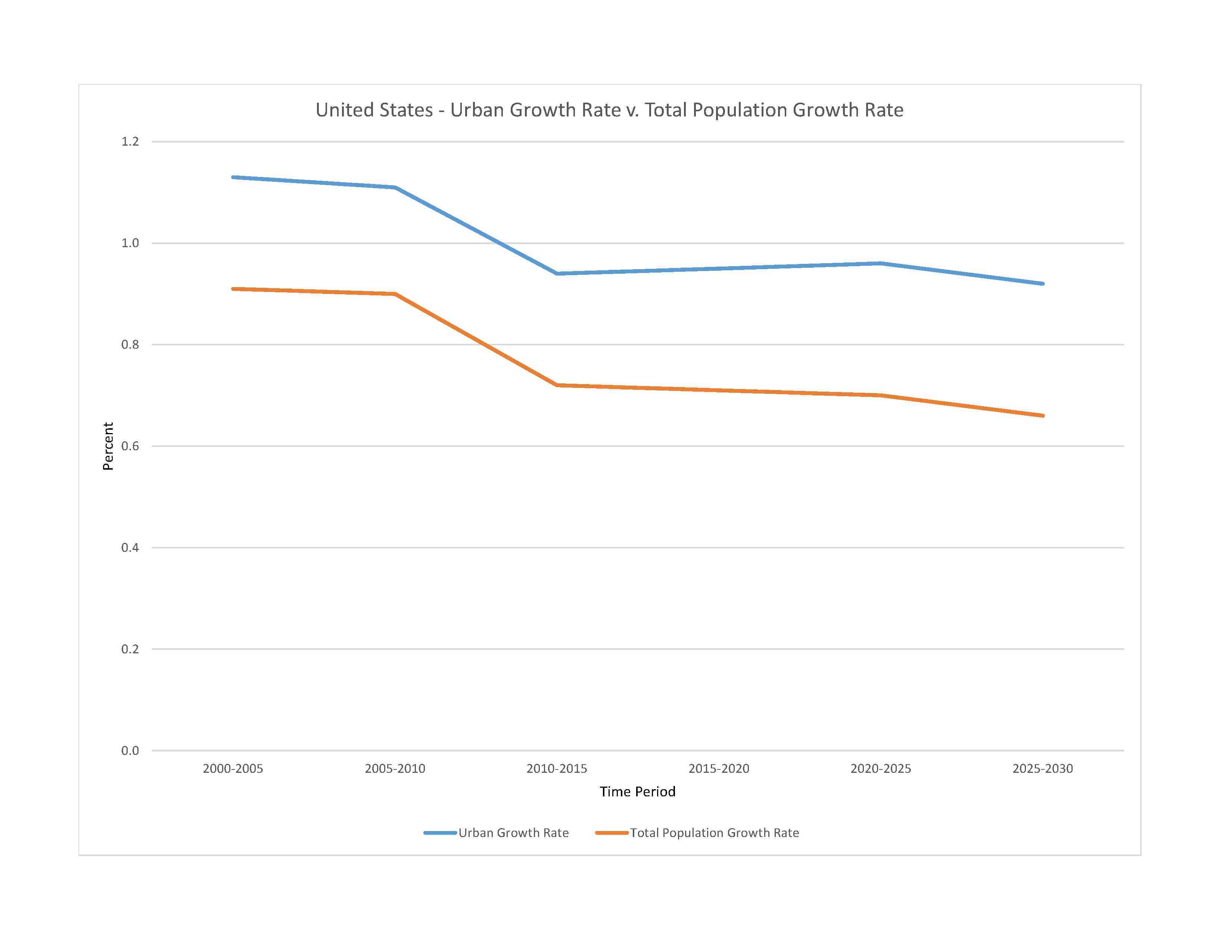
339,665,118 (2023 est.)
note: the US Census Bureau's 2020 census results show the US population as 331,449,281 as of 1 April 2020
noun: American(s)
adjective: American
White 61.6%, Black or African American 12.4%, Asian 6%, Amerindian and Alaska native 1.1%, Native Hawaiian and Other Pacific Islander 0.2%, other 8.4%, two or more races 10.2% (2020 est.)
note: a separate listing for Hispanic is not included because the US Census Bureau considers Hispanic to mean persons of Spanish/Hispanic/Latino origin including those of Mexican, Cuban, Puerto Rican, Dominican Republic, Spanish, and Central or South American origin living in the US who may be of any race or ethnic group (White, Black, Asian, etc.); an estimated 18.7% of the total US population is Hispanic as of 2020
English only 78.2%, Spanish 13.4%, Chinese 1.1%, other 7.3% (2017 est.)
note: data represent the language spoken at home; the US has no official national language, but English has acquired official status in 32 of the 50 states; Hawaiian is an official language in the state of Hawaii, and 20 indigenous languages are official in Alaska
Protestant 46.5%, Roman Catholic 20.8%, Jewish 1.9%, Church of Jesus Christ 1.6%, other Christian 0.9%, Muslim 0.9%, Jehovah's Witness 0.8%, Buddhist 0.7%, Hindu 0.7%, other 1.8%, unaffiliated 22.8%, don't know/refused 0.6% (2014 est.)
0-14 years: 18.15% (male 31,509,186/female 30,154,408)
15-64 years: 63.72% (male 108,346,275/female 108,100,830)
65 years and over: 18.12% (2023 est.) (male 27,589,149/female 33,965,270)
total dependency ratio: 53.7
youth dependency ratio: 28
elderly dependency ratio: 25.6
potential support ratio: 3.9 (2021 est.)
total: 38.5 years (2020)
male: 37.2 years
female: 39.8 years
0.68% (2023 est.)
12.2 births/1,000 population (2023 est.)
8.4 deaths/1,000 population (2023 est.)
3 migrant(s)/1,000 population (2023 est.)
large urban clusters are spread throughout the eastern half of the US (particularly the Great Lakes area, northeast, east, and southeast) and the western tier states; mountainous areas, principally the Rocky Mountains and Appalachian chain, deserts in the southwest, the dense boreal forests in the extreme north, and the central prarie states are less densely populated; Alaska's population is concentrated along its southern coast - with particular emphasis on the city of Anchorage - and Hawaii's is centered on the island of Oahu
urban population: 83.3% of total population (2023)
rate of urbanization: 0.96% annual rate of change (2020-25 est.)

18.937 million New York-Newark, 12.534 million Los Angeles-Long Beach-Santa Ana, 8.937 million Chicago, 6.707 million Houston, 6.574 million Dallas-Fort Worth, 5.490 million WASHINGTON, D.C. (capital) (2023)
at birth: 1.05 male(s)/female NA
0-14 years: 1.04 male(s)/female
15-64 years: 1 male(s)/female
65 years and over: 0.81 male(s)/female
total population: 0.97 male(s)/female (2023 est.)
27 years (2019 est.)
21 deaths/100,000 live births (2020 est.)
total: 5.1 deaths/1,000 live births (2023 est.)
male: 5.5 deaths/1,000 live births
female: 4.7 deaths/1,000 live births
total population: 80.8 years (2023 est.)
male: 78.5 years
female: 82.9 years
1.84 children born/woman (2023 est.)
0.9 (2023 est.)
73.9% (2017/19)
improved: urban: 99.9% of population
rural: 99.7% of population
total: 99.9% of population
unimproved: urban: 0.1% of population
rural: 0.3% of population
total: 0.1% of population (2020 est.)
18.8% of GDP (2020)
2.61 physicians/1,000 population (2018)
2.9 beds/1,000 population (2017)
improved: urban: 99.8% of population
rural: 98.9% of population
total: 99.7% of population
unimproved: urban: 0.2% of population
rural: 11.1% of population
total: 0.3% of population (2020 est.)
36.2% (2016)
total: 8.93 liters of pure alcohol (2019 est.)
beer: 3.97 liters of pure alcohol (2019 est.)
wine: 1.67 liters of pure alcohol (2019 est.)
spirits: 3.29 liters of pure alcohol (2019 est.)
other alcohols: 0 liters of pure alcohol (2019 est.)
total: 23% (2020 est.)
male: 28.4% (2020 est.)
female: 17.5% (2020 est.)
0.4% (2017/18)
51.9% (2023 est.)
6.1% of GDP (2020 est.)
total population: NA
male: NA
female: NA
total: 16 years
male: 16 years
female: 17 years (2020)
NOTE: The information regarding United States on this page is re-published from the 2024 World Fact Book of the United States Central Intelligence Agency and other sources. No claims are made regarding the accuracy of United States 2024 information contained here. All suggestions for corrections of any errors about United States 2024 should be addressed to the CIA or the source cited on each page.
This page was last modified 04 May 24, Copyright © 2024 ITA all rights reserved.